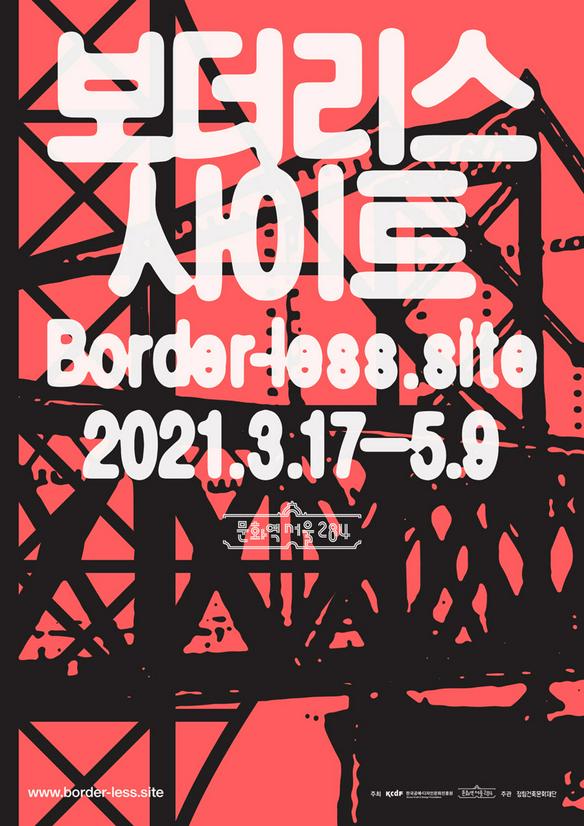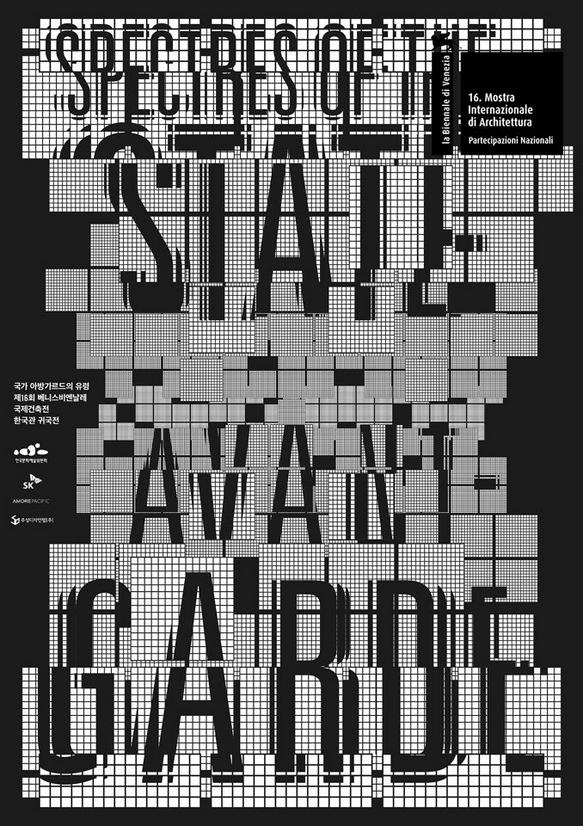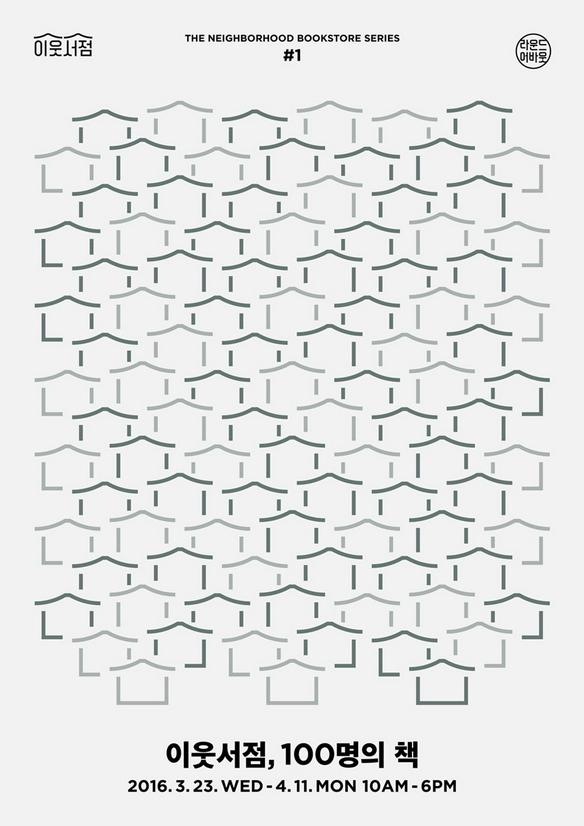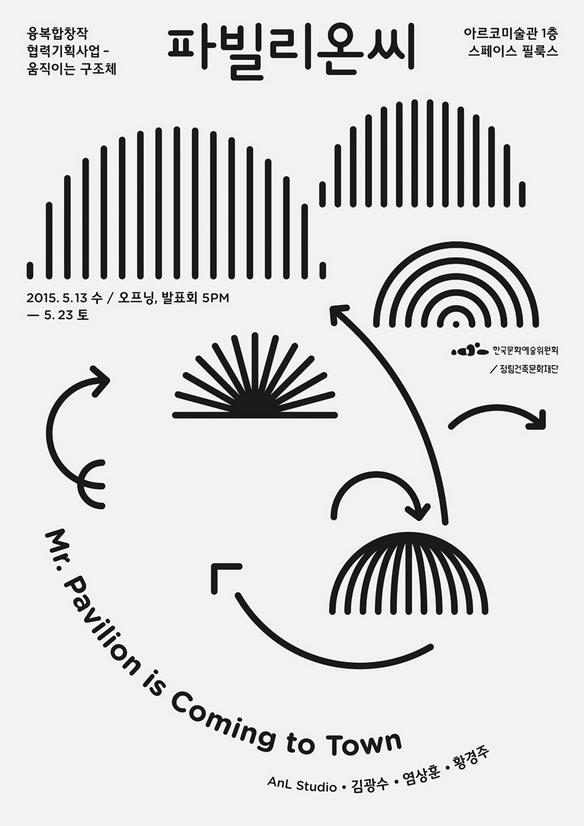Border-less.site

- Period: 17th Mar - 9th May 2021
- Location: Culture Station 284
- Organizer: Junglim Foundation
- Commissioner: Korea Craft & Design Foundation
- Exhibitors: Kim Boyong, Kim Juree, Kim Taedong, Kim Hwang, Rhaomi, Mat-kkal, BARE, Seo Hyun-suk, Shin Jehyun, Lee Wonho, Lee Juyong, Lee Haevan, Yim Dongwoo, Jun Sojung, Chung Soyoung, Choi Yun, Corners Studio, Huang Haobin
- https://borderless-site.junglim.org
The Border-less.site exhibition was developed as part of Culture Station Seoul 284’s regional research/exhibition initiative; an initiative that has previously included DMZ (2019) and Gaeseong Industrial Complex (2018). The Gyeongui train line from Seoul Station would have stopped at Gaeseong, Pyongyang, Sinuiju, Dandong, and Beijing via the Dorasan Station in Paju, and it therefore feels like a natural step that Sinuiju and Dandong have been highlighted following the two preceding projects.
With the Amrok River (Yalu River in Chinese) running between them, Sinuiju and Dandong are border areas where official and unofficial exchanges actively take place. They are military and diplomatic hubs of both the Korean peninsula and China, where the diplomatic emissaries of both countries travelled back and forth more than 1,000 times during the 600 years of the Joseon Dynasty. During the period of Japanese colonial rule, the Supung Dam, a hydroelectric dam, was built in the uppermiddle reaches of the Amrok River, and now forms a site of cooperation jointly managed by North Korea and China. The dam and surrounding areas are also a gateway to the international market, where most of North Korea’s foreign cooperation and exchange takes place. On the other hand, they bear a red mark, symbolising the imperfection of these ideologies.
Sinuiju and Dandong, where a borderless border is drawn and where traces of active exchanges and border crossings, still have various implications today. In particular, direct shipping companies from Pyongyang still thrive in Dandong, and people from all parts of China gather for day trips to Sinuiju. In addition, inhabitants include South and North Koreans, Joseonjok (ethnic Koreans living in China), and North Korean Hwagyo (ethnic Chinese residents in North Korea), who all make phone calls to Pyongyang or Seoul on their Samsung mobile phones. The proportion of residents who maintain loose relationships centered around the Korean language increases or decreases depending on the ups and downs of inter-Korean relations, but the dynamic exchange between the regions remains strong. Nevertheless, Dandong remains a city that is not very well known to most South Koreans. It is occasionally mentioned in history textbooks, or in news from North Korea, but not very often. Rather, it is one of those places about which we have a large amount of misinformation, but where we do not attempt to know the truth. It was therefore interesting to revisit the meaning of the ‘borderless border’ via the various artworks and to recall the imagination evoked around crossing the border, much of which has long been rejected.
The Covid-19 pandemic has prompted calls for alternatives to neoliberal globalization. The autonomy of local communities and their local networks are mentioned as one such of these alternatives. The curatorial team believe that the symbiotic relationship between Sinuiju and Dandong, which corresponds to the potentially rapid-changing political and economic landscapes in post-pandemic Northeast Asia, will not only serve to make them ‘shared hub cities’, but will also greatly contribute to peace in the region. As curators, we hope that a careful examination of the two cities, both of which retain the traces of exchanges between the two Koreas, and between Korea and China, and Japan and Russia, will bring up meaningful questions around the need to find new possibilities at a time when attitudes of courage and wisdom toward change are necessary. This is because we believe that the locality of the disorderly border contains creativity.
This exhibition began with research into various fields, including sociology, cultural anthropology, and architecture history in the Sinuiju-Dandong area. Last year, Professor Park Woo of Hansung University analyzed the 100-year history of Manchuria from the perspective of a sociologist, while architectural historian Professor Ahn Changmo examined the past and the present of the two cities through data collection and research around the urban development processes, including the history of the Gyeongui line railways, of Dandong’s Modern Architecture, and of Supung Dam. In addition, the curatorial team and participating artists undertook several field trips to the area, accompanied by Dr. Kang Ju-Won of the Department of Anthropology at Seoul National University. Eighteen artists attempted to connect us to the Other, among the Other: through experiencing life in the major border areas in Dandong, only half a day’s travel from Seoul, and by inviting ‘the close Other’ there to their artworks.
Following the traces of border-crossing here is like hearing a faint radio signal, which becomes strong and clear when in the presence of these twin cities, and which then fades into faint noise upon leaving. It has been this way for a long time. Amid the confusion of the signal and noise, we observe that the value of ‘prosperity together’ has eventually been written off as a one-off event in history, and that dreaming beyond the border still proves to be difficult. However, the messages of connection and togetherness are still alive. Therefore, we wanted to examine the implications of Sinuiju and Dandong, cities which developed side by side for a long time, from various perspectives, and in doing so to find the possibilities and meanings of crossing the boundary through boundless artistic imagination. We must cross the bridge of irony and cynicism, in the face of any risk.
Credits
- Organizer: Junglim Foundation
- Commissioner: Korea Craft & Design Foundation
- Art director: Park Seongtae
- Curator: Kim Bo-hyun
- Invited Curator: Kim Seonghee
- Assistant Curator: Lee Junyoung, Choi Goeun
- Researcher: Ahn Changmo
- Design: Gang Moonsick
- Translation: Yes More Translation
- Exhibitors: Kim Boyong, Kim Juree, Kim Taedong, Kim Hwang, Rhaomi, Mat-kkal, BARE, Seo Hyun-suk, Shin Jehyun, Lee Wonho, Lee Juyong, Lee Haevan, Yim Dongwoo, Jun Sojung, Chung Soyoung, Choi Yun, Corners Studio, Huang Haobin





